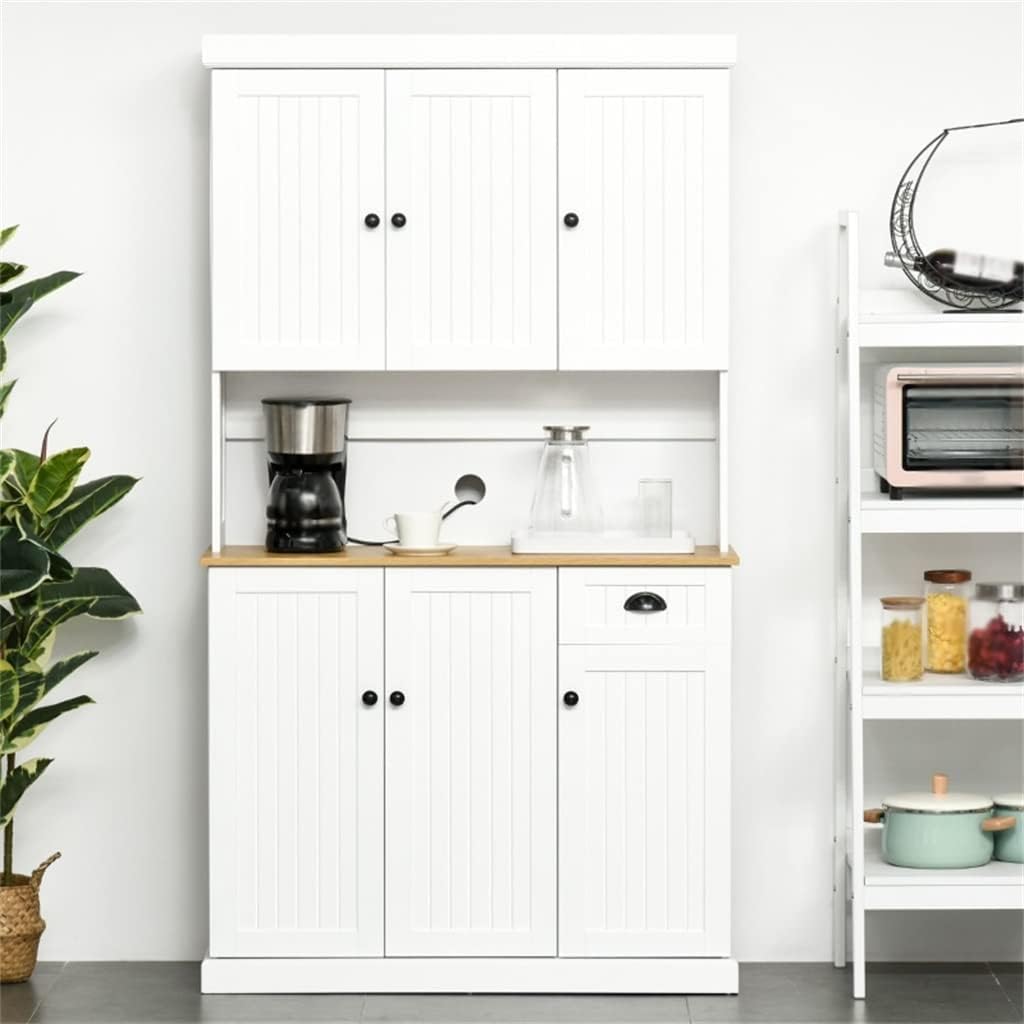

Articles
How To Make Kitchen Cabinet Doors
Modified: March 1, 2024
Learn how to make beautiful kitchen cabinet doors to enhance your interior design. Discover expert tips and tricks for creating custom doors that will transform your space.
(Many of the links in this article redirect to a specific reviewed product. Your purchase of these products through affiliate links helps to generate commission for Storables.com, at no extra cost. Learn more)
Introduction
When it comes to giving your kitchen a fresh new look, one of the most impactful changes you can make is to update your cabinet doors. The style and condition of your cabinet doors can significantly affect the overall aesthetic of your kitchen. However, purchasing new cabinet doors can be costly, especially if you have a large kitchen. The good news is that you can save money and get the exact look you want by making your own kitchen cabinet doors.
In this step-by-step guide, we will walk you through the process of making your own kitchen cabinet doors. Whether you are a seasoned woodworker or a beginner with basic carpentry skills, this project can be accomplished with the right materials, tools, and a little bit of patience.
Before we dive into the details, let’s go over the materials and tools you will need to complete this project:
- Wood or material of your choice for the door panels
- Wood or material of your choice for the frame
- Saw (circular saw or miter saw)
- Measuring tape
- Carpenter’s square
- Clamps
- Sandpaper or sanding block
- Wood glue
- Drill
- Screws
- Hinges
- Mounting hardware
- Paint or stain (optional)
With all the necessary tools and materials at hand, let’s get started on creating your very own kitchen cabinet doors!
Key Takeaways:
- Save money and personalize your kitchen by making your own cabinet doors using the right materials, tools, and step-by-step guidance. Enjoy the satisfaction of creating custom doors that perfectly fit your style and space.
- Transform your kitchen with custom-made cabinet doors that reflect your creativity and craftsmanship. From selecting materials to installing hinges, this DIY project allows you to showcase your personal style and enhance the aesthetics of your space.
Read more: How To Make A Cabinet Door
Materials Needed
Before you begin making your kitchen cabinet doors, it’s important to gather all the necessary materials. Having everything on hand will make the process smoother and save you from any unnecessary trips to the hardware store. Here’s a list of the materials you will need:
- Wood or material of your choice for the door panels. This can be solid wood, plywood, MDF, or even glass depending on the desired style.
- Wood or material of your choice for the frame. This will be used to create the structure and support for the door panels.
- Saw (circular saw or miter saw). This is necessary for cutting the door panels and frame to the desired dimensions.
- Measuring tape. Accurate measurements are crucial for ensuring that the cabinet doors fit perfectly.
- Carpenter’s square. This tool will help you ensure that all angles and corners are properly aligned.
- Clamps. These will come in handy when assembling the door panels and frames, keeping everything in place while the glue dries.
- Sandpaper or sanding block. This is necessary for smoothing out any rough edges and surfaces, creating a seamless finish.
- Wood glue. Choose a strong adhesive that is specifically designed for woodworking.
- Drill. You’ll need this to create holes for screws and hinges.
- Screws. These will be used to secure the frame and attach hinges.
- Hinges. Choose hinges that match the style and size of your cabinet doors. Concealed hinges are a popular option for a clean and modern look.
- Mounting hardware. Depending on the type of cabinet you have, you may need additional hardware such as door knobs or handles.
- Paint or stain (optional). If you want to add color or finish to your cabinet doors, you’ll need paint or stain of your choice.
By ensuring that you have all the necessary materials ready, you can proceed with confidence and efficiency in creating your own kitchen cabinet doors.
Tools Needed
To successfully make your own kitchen cabinet doors, it’s important to have the right tools at your disposal. These tools will help you cut and assemble the materials with precision and ensure a professional-looking end result. Here are the tools you will need for this project:
- Saw (circular saw or miter saw): A saw is essential for cutting both the door panels and the frame to the desired size and shape. A circular saw or miter saw will provide clean and accurate cuts.
- Measuring tape: Accurate measurements are crucial for ensuring that the cabinet doors fit perfectly. A measuring tape with clear markings will help you measure the dimensions accurately.
- Carpenter’s square: This tool is essential for checking and marking 90-degree angles and ensuring that all corners are properly aligned.
- Clamps: Clamps are necessary for keeping the door panels and frames in place while the glue dries. They will hold the pieces together securely, ensuring a strong bond.
- Sandpaper or sanding block: After cutting the wood or material, you’ll need sandpaper or a sanding block to smooth out any rough edges or surfaces. This will create a seamless finish and prepare the surfaces for painting or staining.
- Wood glue: A strong wood glue is essential for securely bonding the door panels and frames together. Look for a glue specifically designed for woodworking, ensuring a strong and durable connection.
- Drill: A drill is necessary for creating holes for screws and hinges. It will help you attach the hinges to the door frames and mount the doors onto the cabinets.
- Screws: Screws are used to secure the frame and attach the hinges. Choose screws that are appropriate for the thickness of the materials you are working with and ensure they provide a secure connection.
- Hinges: Hinges are crucial for allowing the cabinet doors to open and close smoothly. Choose hinges that match the style and size of your cabinet doors. Concealed hinges are a popular option for a clean and modern look.
- Mounting hardware: Depending on the type of cabinet you have, you may need additional hardware such as door knobs or handles. Make sure to have the appropriate hardware on hand for mounting the doors.
Having these tools readily available will ensure a smooth and efficient process as you create your own kitchen cabinet doors. With the right tools in hand, you can achieve professional results and transform the look of your kitchen.
Step 1: Measure the Cabinet Opening
The first step in making your own kitchen cabinet doors is to accurately measure the cabinet opening. This will ensure that your new doors will fit perfectly and function smoothly. Follow these steps to measure the cabinet opening:
- Remove any existing doors from the cabinets, if applicable. This will give you a clear view of the opening and make it easier to measure.
- Take a measuring tape and measure the height and width of the cabinet opening. Make sure to measure from the inside edges of the cabinet frame for accurate dimensions.
- Write down the measurements and double-check for accuracy. It’s important to be precise to avoid any issues during the door-making process.
- If you have multiple cabinet doors, repeat the measuring process for each individual opening. Even a slight variation in measurements can affect the fit of the doors.
When measuring, keep in mind the desired overlay of the doors. A common overlay is 1/2 inch on all sides, but you can adjust this based on your preference.
Once you have measured all the cabinet openings and recorded the dimensions, you are ready to move on to the next step of choosing the type of cabinet door you want to create.
Note: It’s a good practice to double-check your measurements before proceeding with the door-making process. Measure twice, cut once!
Step 2: Choose the Type of Cabinet Door
Now that you have measured the cabinet openings, it’s time to decide on the type of cabinet door you want to create. The choice of door style will largely depend on your personal preference and the overall aesthetic of your kitchen. Here are a few popular types of cabinet doors to consider:
- 1. Flat Panel Doors: Flat panel doors provide a clean and modern look. They consist of a flat, solid door panel enclosed within a frame.
- 2. Raised Panel Doors: Raised panel doors add a touch of elegance and sophistication to your kitchen. They feature a central raised panel surrounded by a frame.
- 3. Shaker Style Doors: Shaker style doors are a timeless and versatile option. They have a simple, recessed panel surrounded by a frame, with clean lines and minimal detailing.
- 4. Glass Doors: Glass doors can be a stunning addition to your cabinets, allowing you to showcase your dinnerware or decorative items. Choose from clear glass, frosted glass, or textured glass to suit your preference.
- 5. Louvered Doors: Louvered doors feature horizontal slats that allow for ventilation. They can add a unique aesthetic and are often used in more traditional or tropical-themed kitchens.
Consider the overall style of your kitchen and the existing cabinetry when selecting the type of cabinet door. You want the door style to complement the design and create a cohesive look.
Additionally, think about the functionality you desire from your cabinet doors. Do you prefer doors that open outward, or do you want them to be able to slide or fold? Keep in mind factors such as space constraints and ease of use when making your decision.
Once you have chosen the type of cabinet door, you can move on to selecting the wood or material for the door panels.
Read more: How To Paint A Cabinet Door
Step 3: Select the Wood or Material
After deciding on the type of cabinet door, the next step is to select the wood or material for the door panels. The choice of material will impact the appearance, durability, and maintenance of your cabinet doors. Here are a few options to consider:
- 1. Solid Wood: Solid wood is a popular choice for cabinet doors due to its natural beauty and durability. Common wood types used for cabinet doors include oak, maple, cherry, and walnut. Solid wood doors can be stained or painted to match your kitchen’s aesthetic.
- 2. Plywood: Plywood is made from thin layers of wood glued together, resulting in a strong and stable material. It is less expensive than solid wood and can be a good option for those on a budget. Plywood doors can also be painted or stained.
- 3. Medium Density Fiberboard (MDF): MDF is an engineered wood product made from wood fibers and resin. It is smooth, dense, and uniform in texture, making it an excellent choice for painted cabinet doors. MDF is less prone to warping and cracking compared to solid wood.
- 4. Glass: If you’re going for a more modern or decorative look, consider using glass for your cabinet door panels. Clear, frosted, or textured glass can add a touch of elegance and allow for displaying items inside the cabinet.
- 5. Laminate: Laminate is a synthetic material made by layering papers with resins under high pressure and heat. It is durable, easy to clean, and comes in a variety of colors and patterns. Laminate doors are a cost-effective option and can mimic the appearance of wood or other materials.
Consider your budget, desired aesthetics, and maintenance preferences when choosing the material for your cabinet doors. Remember to also take into account the overall style of your kitchen and how the chosen material will complement the existing elements.
Once you have selected the wood or material, you can move on to the next step of cutting the door panels.
When making kitchen cabinet doors, ensure to measure and cut the wood accurately, use a quality wood glue for assembly, and apply a durable finish for protection.
Step 4: Cut the Door Panels
Now that you have selected the wood or material for your cabinet door panels, it’s time to cut them to the appropriate size. Precise and accurate cuts are crucial to ensure that the panels fit perfectly within the door frame. Here’s how to cut the door panels:
- Measure the dimensions for the door panels based on the cabinet opening measurements you took earlier. Take into account any desired overlay or reveal.
- Using a saw (such as a circular saw or miter saw) and following the measurements you’ve taken, carefully cut the wood or material for the door panels. Take your time and make precise cuts to ensure a clean edge.
- If you’re using solid wood or plywood, it’s best to use a fine-toothed blade to minimize tear-out and achieve a smooth surface. If you’re using glass or other materials, make sure to use appropriate tools or methods to cut them safely and accurately.
- Double-check the dimensions of each panel to ensure accuracy. It’s better to measure twice and cut once to avoid any mistakes.
- Make sure to label each panel to keep track of its corresponding cabinet opening.
While cutting the door panels, it’s important to prioritize safety. Wear safety goggles and follow the manufacturer’s instructions for using the saw or any other cutting tools. Take your time and work in a well-ventilated area.
Once all the door panels are cut to the correct size, you are now ready to move on to constructing the frame of the cabinet doors.
Step 5: Construct the Frame
With the door panels cut to size, the next step is to construct the frame for your cabinet doors. The frame provides structure and support to hold the door panels securely in place. Follow these steps to construct the frame:
- Measure and mark the dimensions of the door frame components based on the size of the door panels.
- Using a saw, cut the wood or material for the frame pieces. The frame typically consists of four stiles (vertical pieces) and four rails (horizontal pieces).
- Ensure that the corners of the frame pieces are mitered or squared depending on the chosen door style.
- Apply wood glue to the ends of the frame pieces and join them together, forming the frame of the door. Use clamps to hold the pieces in place while the glue dries. Check for squareness using a carpenter’s square.
- Double-check the frame’s dimensions and adjust if necessary. It’s important to maintain uniformity and precision in the frame construction process.
- Allow the glue to dry completely as per the manufacturer’s instructions before moving on to the next step.
Take your time during the frame construction process to ensure accuracy and a sturdy structure. Apply the appropriate amount of wood glue to create a strong bond, but avoid using excess glue to prevent messy joints.
It’s worth noting that the specific assembly process may vary depending on the chosen door style and the tools you have available. Some door styles, such as shaker doors, may require additional steps like adding a center panel within the frame.
Once the frame is constructed and the glue has fully dried, you’re ready to proceed with assembling the door components in the next step.
Step 6: Assemble the Door
Once you have constructed the frame for your cabinet doors, it’s time to assemble all the door components together. This step involves attaching the door panels to the frame to create a solid and visually appealing door. Follow these steps to assemble the door:
- Apply a thin and even layer of wood glue to the inner edges of the door frame where the door panels will be inserted.
- Carefully insert the door panels into the frame, ensuring that they fit snugly within the glued edges.
- Adjust the panels as necessary to make them flush with the frame and aligned properly.
- Use clamps to hold the panels in place while the glue dries. Apply gentle pressure to ensure a strong bond.
- Check for any excess glue that may have squeezed out from the joints. Wipe it away with a damp cloth before it dries.
- Allow the glue to dry completely as per the manufacturer’s instructions. This may take several hours or overnight.
While assembling the door, take care not to apply too much pressure or force that may damage the door panels or the frame. Use the clamps judiciously to hold the panels in place without squeezing out excess glue.
Remember to follow the prescribed drying time for the wood glue to ensure a strong and secure bond between the door panels and the frame.
With the door components assembled, you’re now ready to move on to the next step of sanding and finishing the doors.
Read more: How To Make A Kitchen Cabinet
Step 7: Sand and Finish the Door
After assembling the door components, it’s time to sand and finish the doors to ensure a smooth and attractive surface. Sanding will remove any rough spots or imperfections, while finishing will enhance the appearance and protect the wood. Follow these steps to sand and finish the door:
- Start by sanding the entire surface of the door using sandpaper or a sanding block. Begin with a coarse-grit sandpaper (around 120-grit) to remove any rough areas or excess glue. Then, switch to a finer-grit sandpaper (around 220-grit) to achieve a smooth finish.
- Sand in the direction of the wood grain, applying even pressure. Be thorough and cover all areas of the door, including the frame and the door panels.
- Wipe away any sanding dust with a clean, dry cloth or use a vacuum to remove any particles.
- If you plan to paint the doors, apply a primer suitable for the type of material you are working with. This will ensure better adhesion of the paint and a more durable finish.
- If you prefer a natural wood look and want to stain the doors, select a stain color that complements the overall style of your kitchen. Apply the stain evenly using a brush, cloth, or sponge, following the manufacturer’s instructions.
- After applying the stain, wipe away any excess with a clean cloth and allow it to dry completely.
- If you opt for a painted finish, choose a paint color that suits your kitchen’s design scheme. Apply multiple thin coats of paint, allowing sufficient drying time between each coat. Following the proper drying time will ensure a smooth and flawless finish.
- Once the stain or paint has fully dried, apply a protective clear coat or varnish to seal and protect the surface. Follow the manufacturer’s instructions for the specific product you are using.
Remember to work in a well-ventilated area when applying paint or stain, and wear appropriate safety equipment such as gloves and a mask if necessary.
Sanding and finishing the doors helps to achieve a polished and professional look. It also adds protection to the wood or material, making the doors more resistant to moisture, scratches, and other wear and tear.
With the doors sanded and finished, the next step is to attach hinges and mount the doors onto the cabinets.
Step 8: Attach Hinges and Mount the Doors
With the doors sanded, finished, and ready to be installed, it’s time to attach hinges and mount them onto the cabinets. Properly installing the hinges is crucial for smooth operation and proper alignment of the doors. Follow these steps to attach hinges and mount the doors:
- Place the door in its intended position on the cabinet, making sure it is level and aligned correctly.
- Decide on the type of hinges you want to use. Concealed hinges are commonly used for a clean and modern look, but other types, such as butt hinges or European hinges, can also be used depending on your preference.
- Measure and mark the desired position for the hinges on both the door and the cabinet frame. Follow the manufacturer’s instructions for proper placement.
- Secure the hinges to the door first, using the provided screws or any screws appropriate for the type of hinge you are using. Ensure that the hinges are aligned properly and securely attached to the door.
- Hold the door in place against the cabinet frame, aligning the hinges with the marked positions.
- Secure the hinges to the cabinet using the provided screws or appropriate screws based on the type of hinge.
- Check the door for proper alignment and smooth operation. Make any necessary adjustments to the hinges if needed.
- Repeat the process for any remaining doors, ensuring consistency in hinge placement and alignment.
Take your time during this step to ensure accurate hinge placement and secure attachment. Careful alignment and proper installation of the hinges will ensure that the cabinet doors open and close smoothly.
Once all the hinges are attached and the doors are mounted, open and close each door to check for smooth operation and proper alignment. Adjust the hinges as needed to achieve optimal performance.
Congratulations! You have now successfully made and installed your own kitchen cabinet doors. Take a step back and admire the transformation of your kitchen with its fresh, new doors.
Remember to clean and maintain your cabinet doors regularly to keep them looking their best for years to come. Enjoy your beautiful and functional kitchen!
Conclusion
Congratulations on completing the process of making your own kitchen cabinet doors! By following the step-by-step guide, you have not only saved money but also created doors that perfectly fit your style and kitchen aesthetics. Here’s a quick recap of the journey:
You started by gathering all the necessary materials and tools for the project. Having everything on hand ensured a smooth and efficient process. You then measured the cabinet openings accurately, ensuring the perfect fit for your new doors.
Next, you selected the type of cabinet door that matched your style and kitchen design. Whether you opted for flat panel, raised panel, shaker style, glass, or louvered doors, your choice was driven by your personal taste and overall vision.
After choosing the door style, you carefully selected the wood or material for the door panels. Solid wood, plywood, MDF, glass, or laminate were among the options considered, each offering its unique qualities and advantages.
You then moved on to cutting the door panels to the correct size, followed by constructing the frame that provided the necessary support and structure. Attention to detail was crucial in assembling the doors, ensuring a strong bond and precise alignment.
With the doors assembled, you sanded them to achieve a smooth surface and applied your desired finish, whether it was paint, stain, or a clear coat. This step enhanced the appearance of the doors and added protection.
Finally, you attached hinges to the doors and mounted them onto the cabinets, taking care to ensure proper alignment and smooth operation. The successful installation of the doors marked the completion of your project.
Making your own kitchen cabinet doors is a rewarding DIY project that allows you to showcase your creativity and craftsmanship. The doors you have created will not only enhance the aesthetics of your kitchen but also reflect your personal style.
Remember to maintain and care for your new cabinet doors regularly, ensuring they stay in optimal condition for years to come. With proper upkeep, your custom-made doors will continue to impress and serve as a focal point in your kitchen.
We hope you enjoyed the journey of transforming your kitchen through the art of making your own cabinet doors. Now, take a step back, admire your hard work, and enjoy your newly upgraded kitchen space!
Frequently Asked Questions about How To Make Kitchen Cabinet Doors
Was this page helpful?
At Storables.com, we guarantee accurate and reliable information. Our content, validated by Expert Board Contributors, is crafted following stringent Editorial Policies. We're committed to providing you with well-researched, expert-backed insights for all your informational needs.
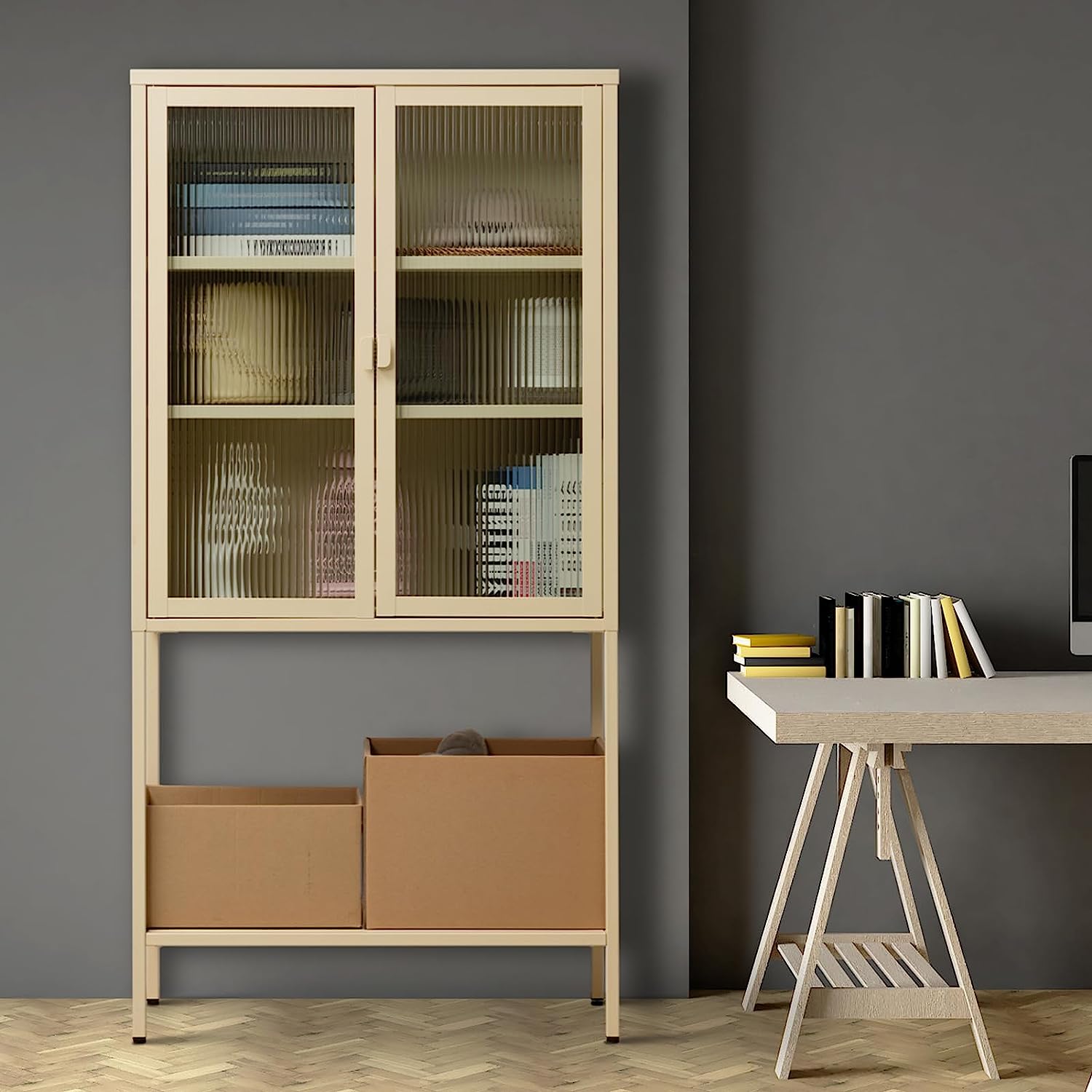
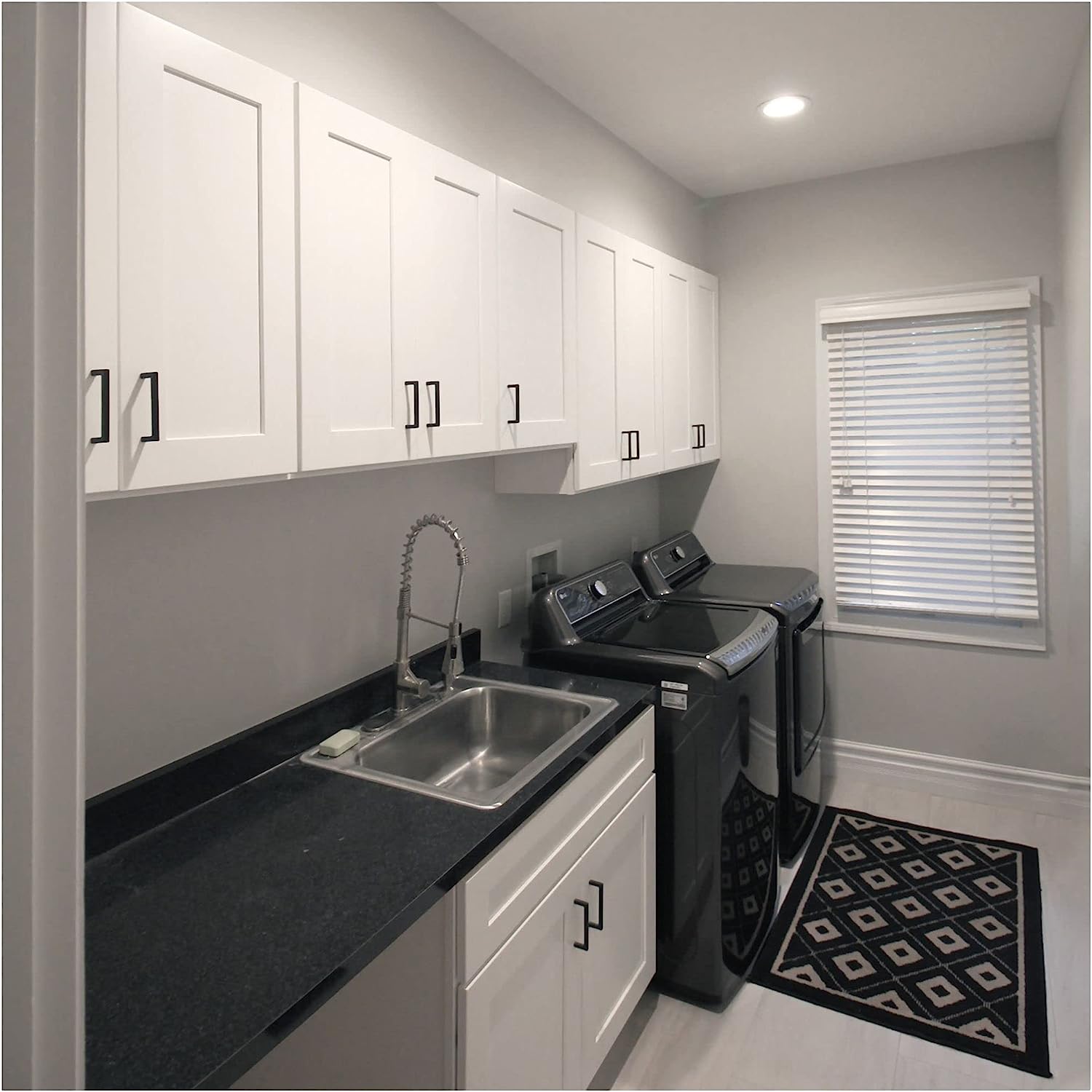
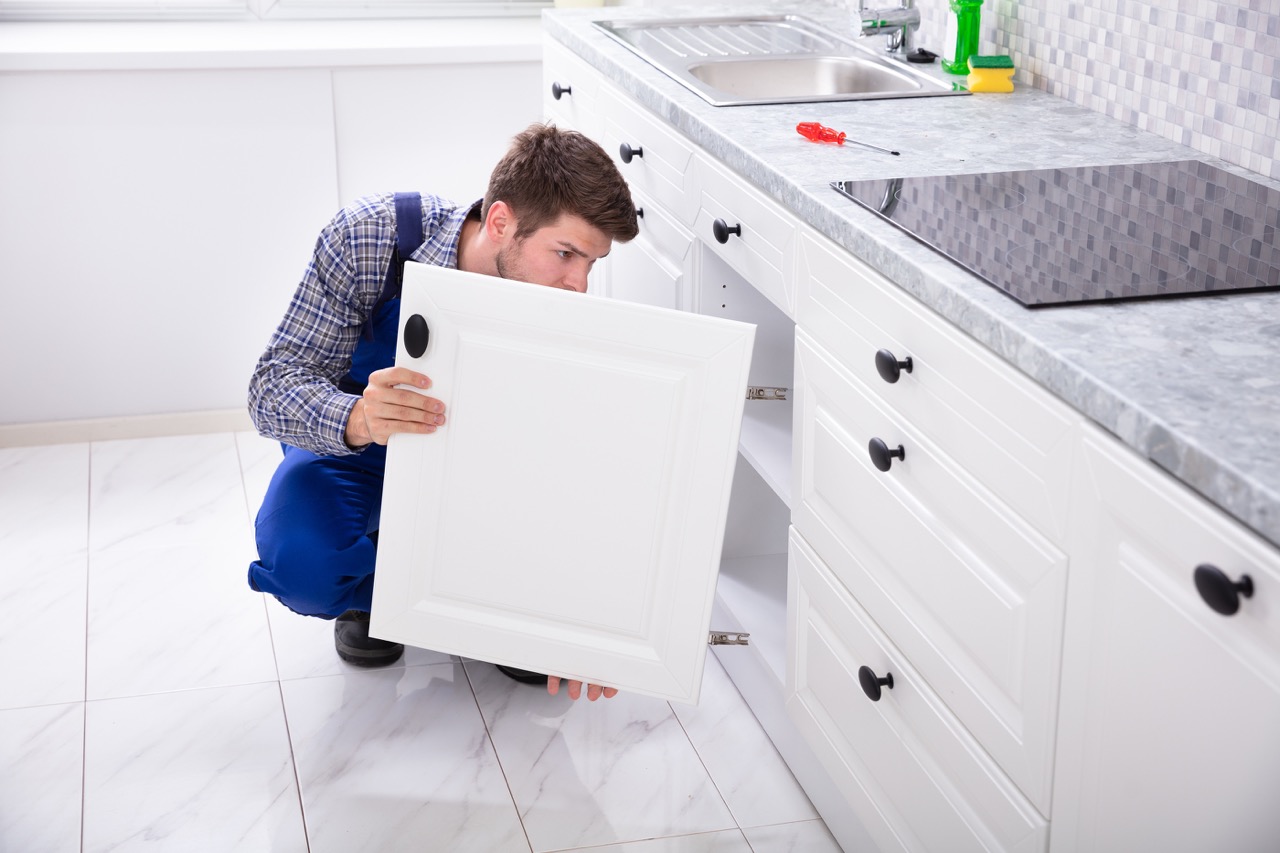
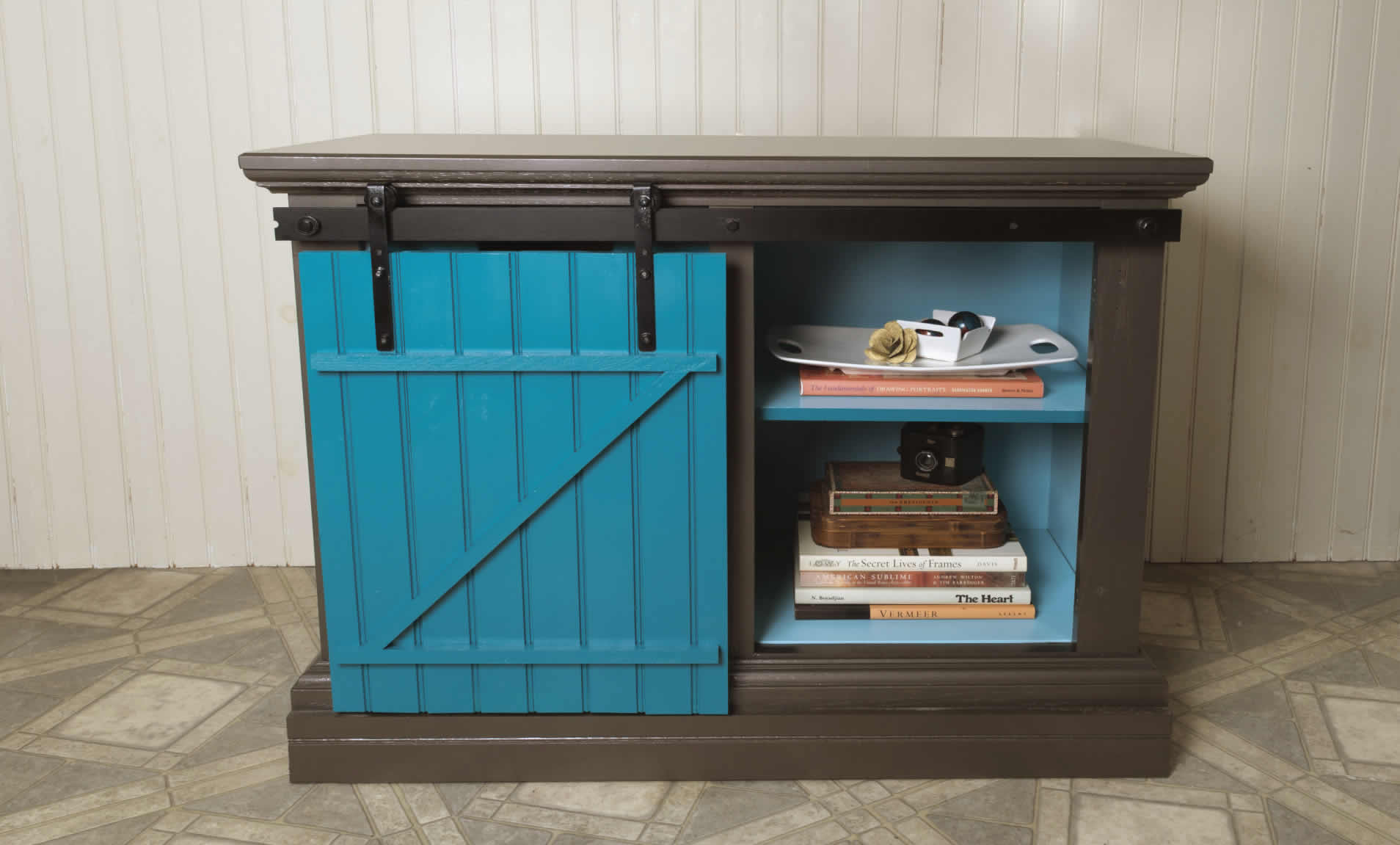
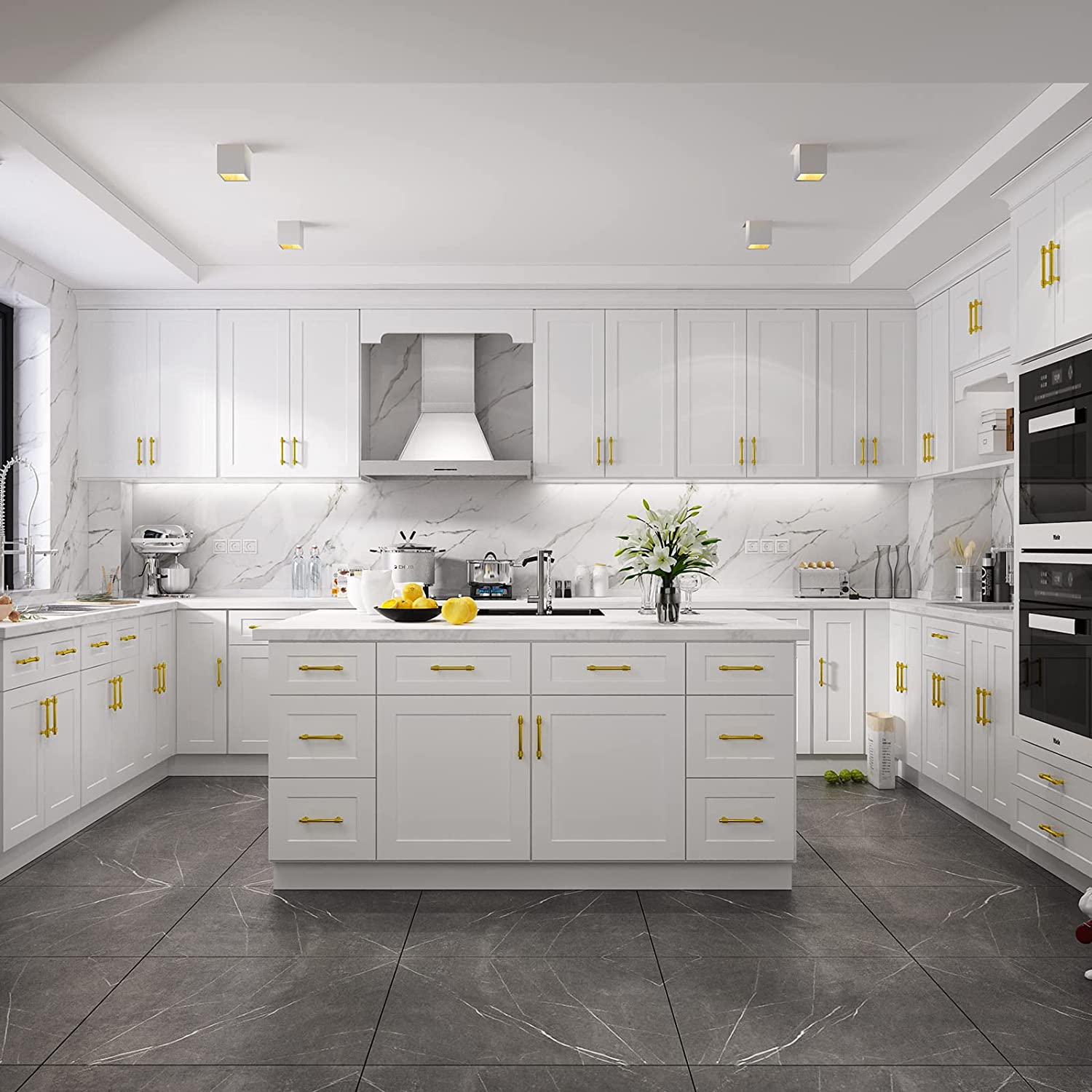
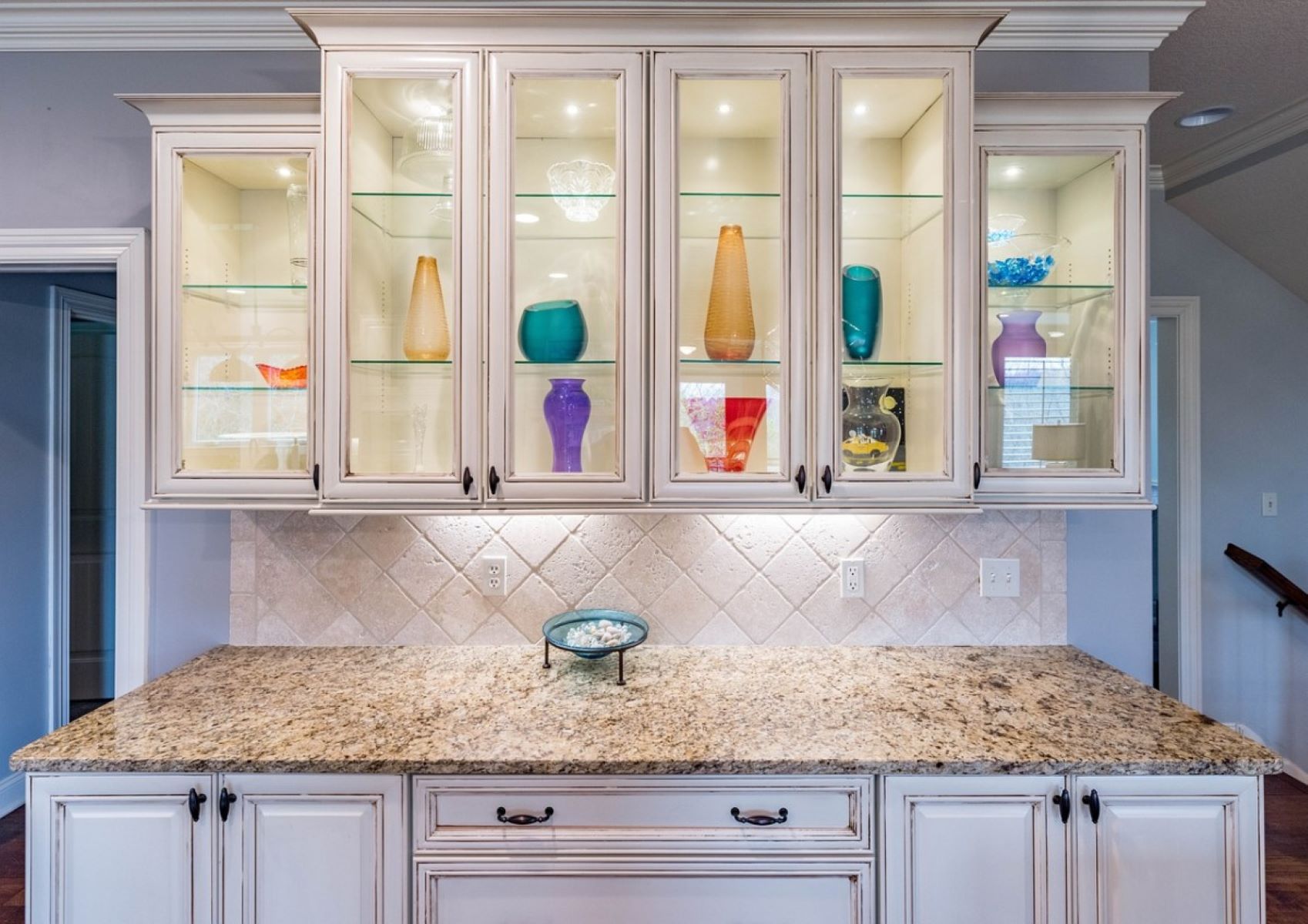
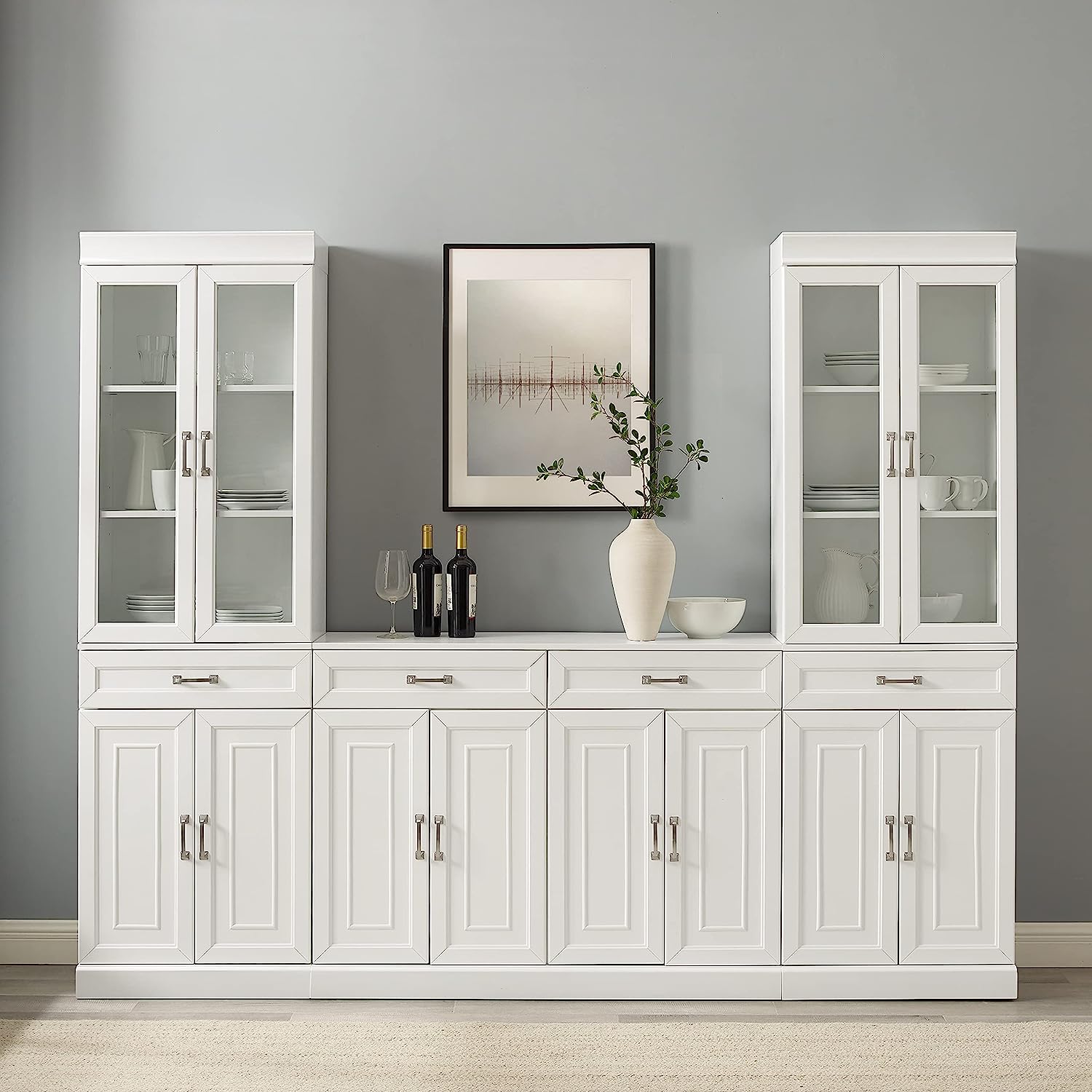
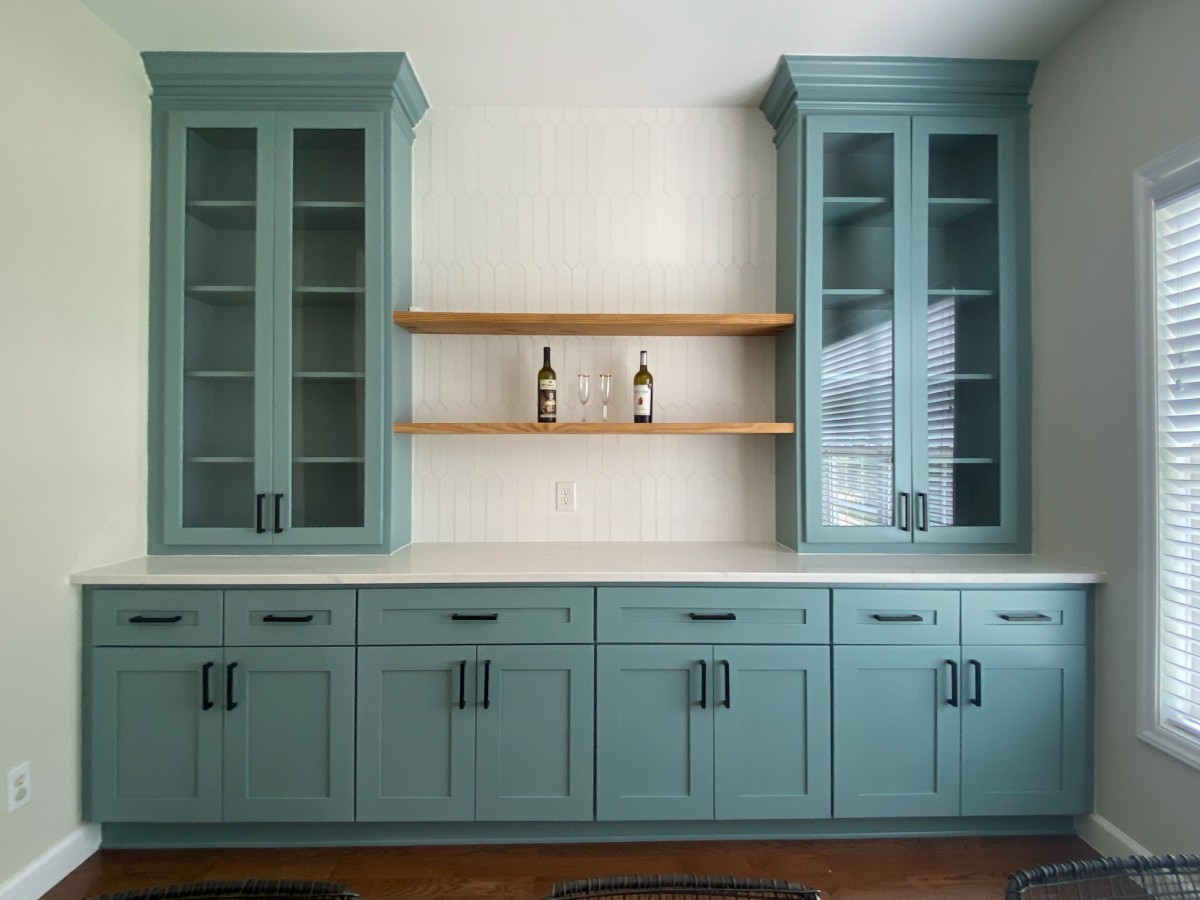
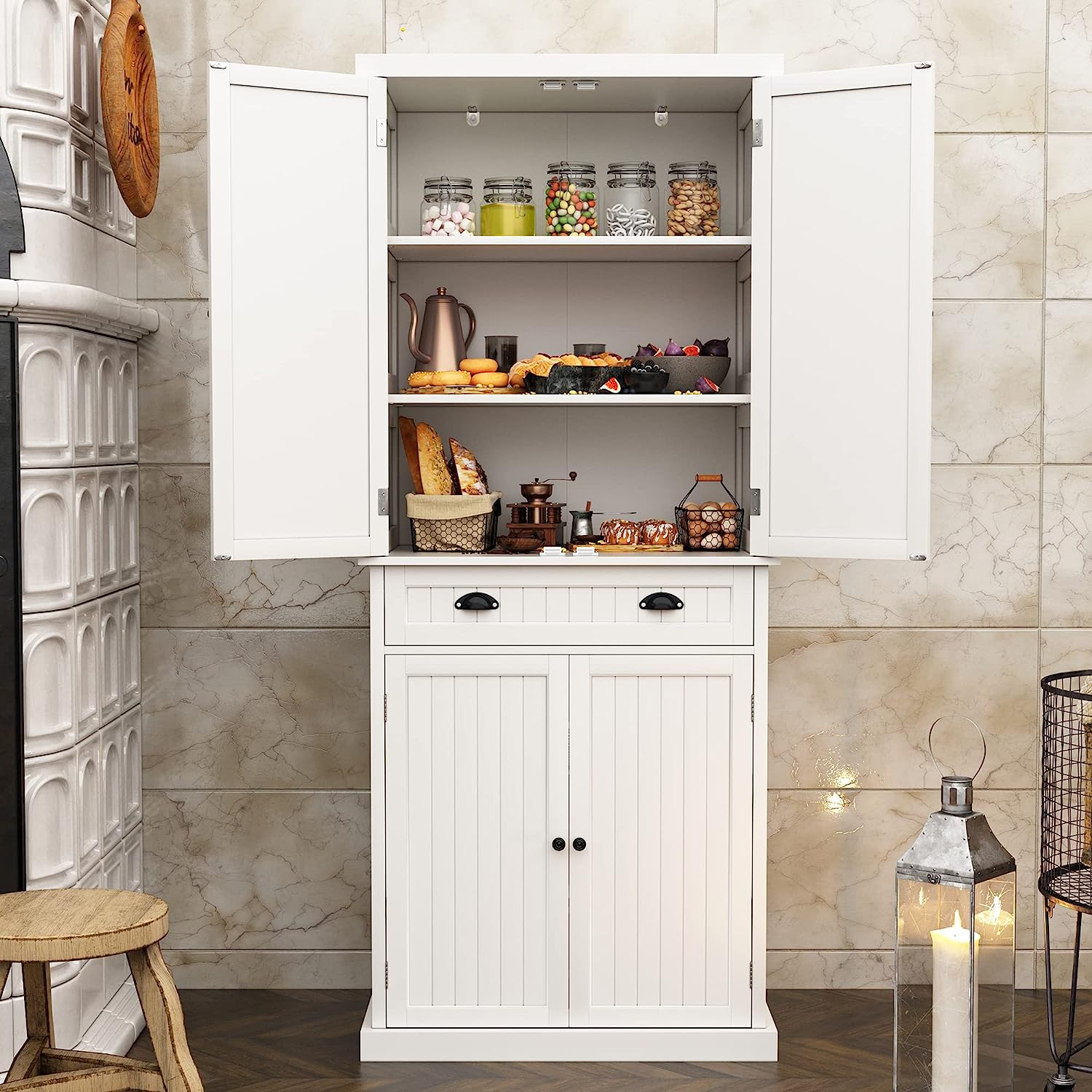
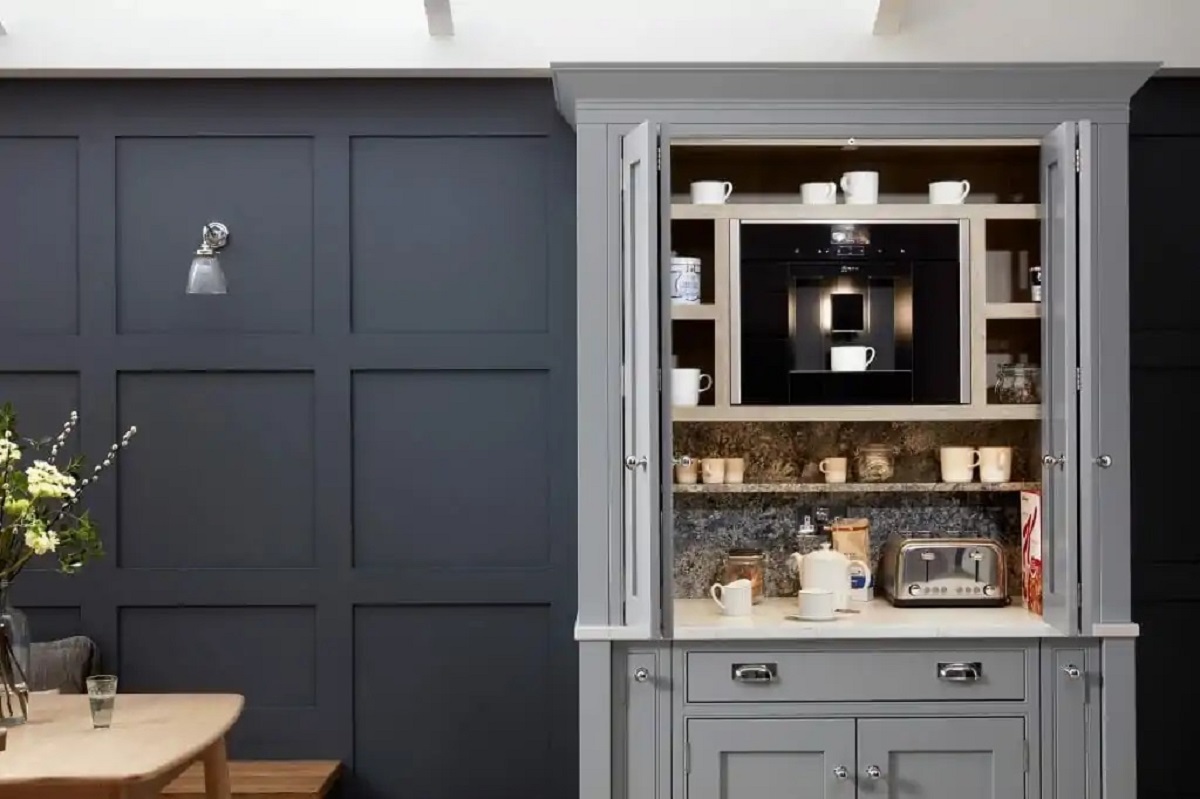
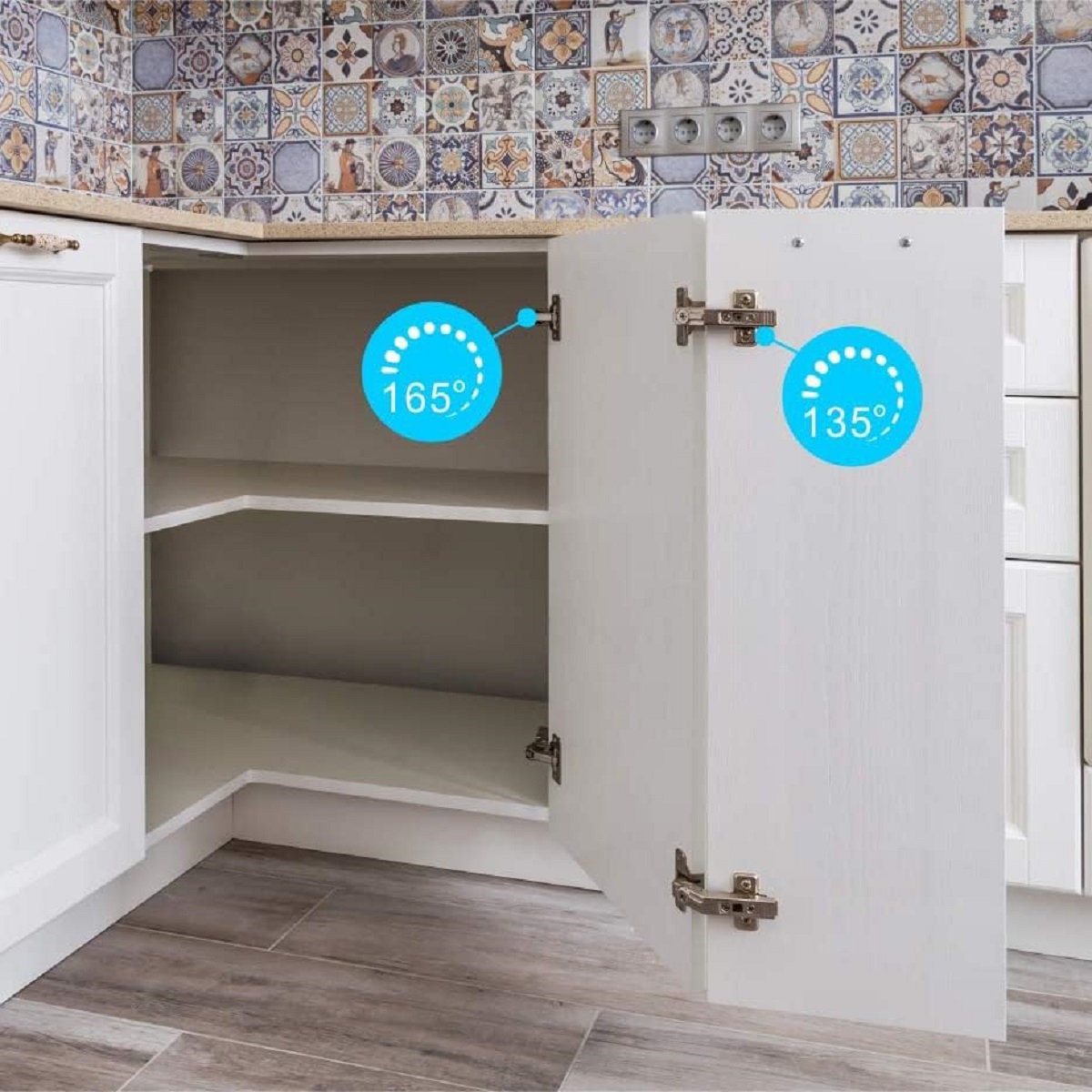
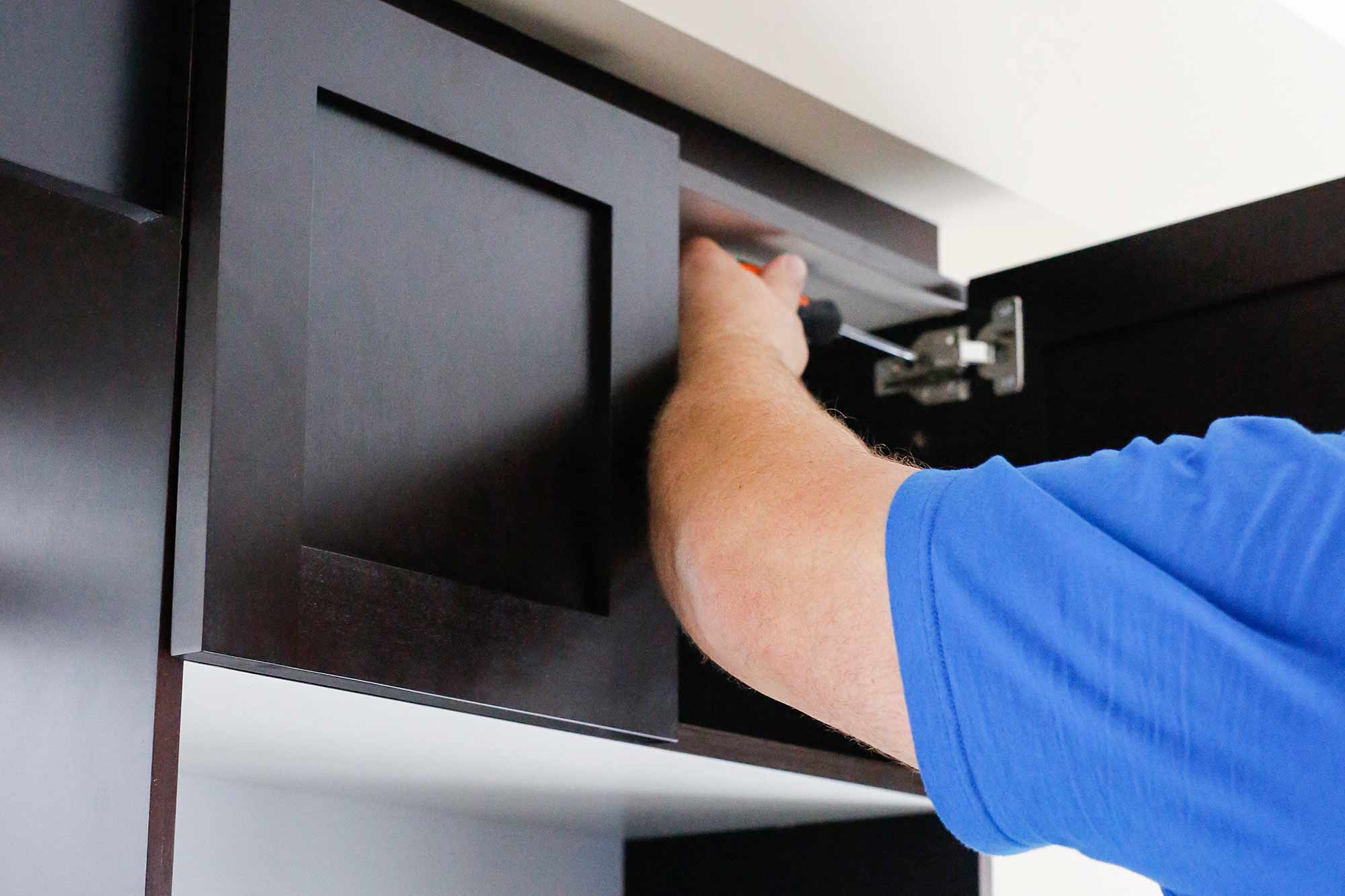
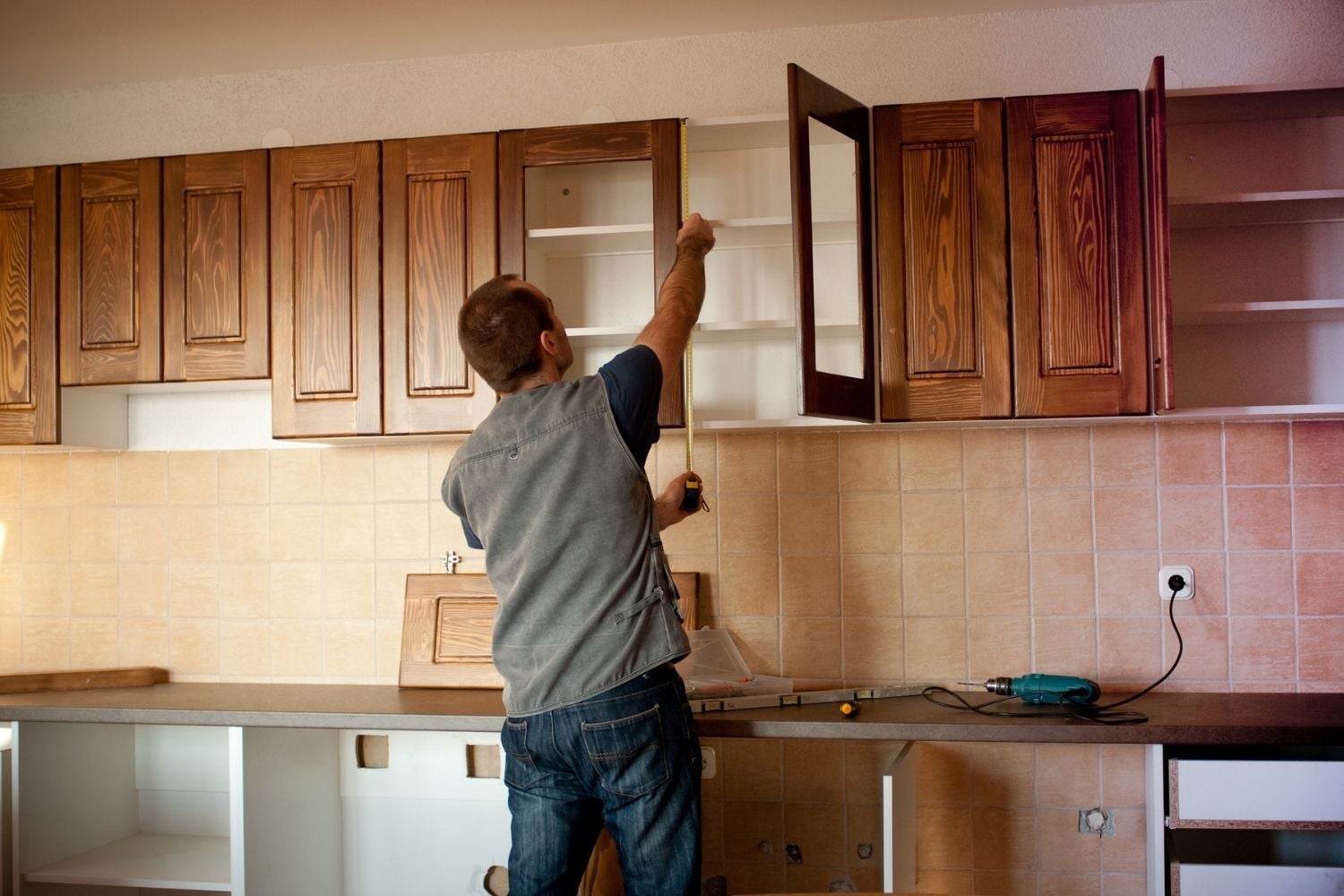

0 thoughts on “How To Make Kitchen Cabinet Doors”